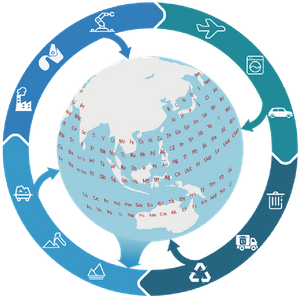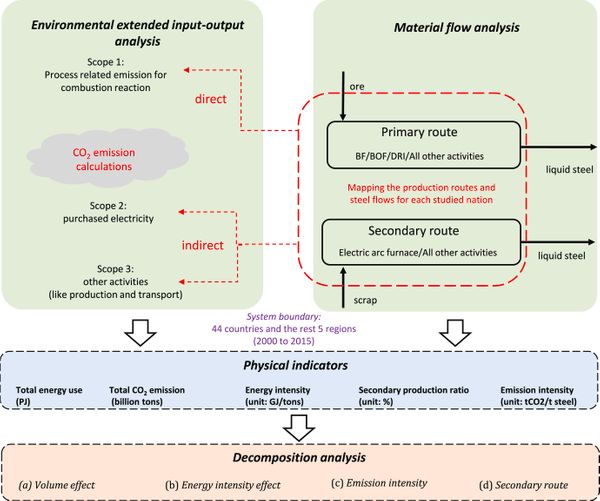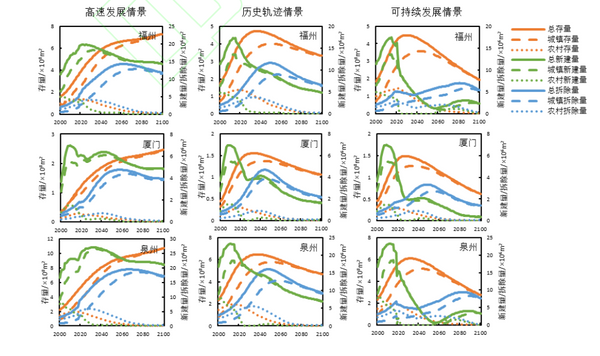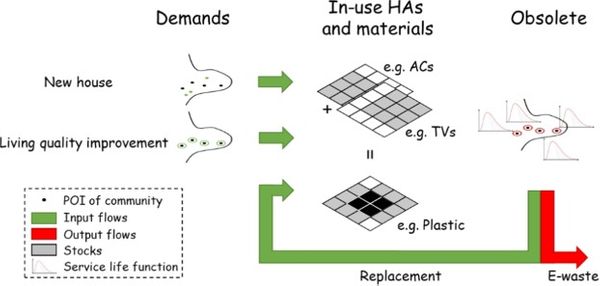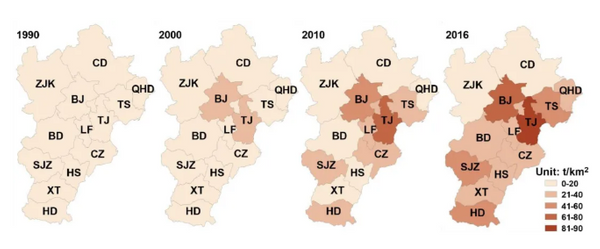by Wen Xu , Wei-Qiang Chen , Daqian Jiang , Chao Zhang , Zijie Ma , Yan Ren &
Lei Shi
Ecosystem Health and Sustainability, 6:1, 1756925
https://doi.org/10.1080/20964129.2020.1756925
Abstract
Introduction: China’s import bans on solid wastes starting from 2017 have challenged theglobal trade system of plastic wastes, which remains poorly characterized. This study choosespolyethylene (PE) as a case and aims to map out the global trade networks of PE waste (GPETN)from 1976 to 2017.
Outcomes: We find that the size and complexity of the GPETN had been growing until 2016. Afterthe mid-1990s, PE waste basically flowed from developed economies, mainly the EU and the US, todeveloping economies such as China. Since 2001 when admitted into the WTO, China’s PE waste import surged until 2014 when it absorbed over 60% of global export. Regulations on solid waste import following the Green Fence campaign in 2013 resulted in substantial reductions in China’simport as well as the global export of PE waste after 2014. Several other developing economies, such as Malaysia, Turkey, and Vietnam, had transitioned to net importers, but their imports were insufficient to replace China as new recycling bases for PE waste.
Conclusion: The results highlight the urgent need of a joint effort for developed and developing countries to build a stronger global circular economy system with sufficient capacity to treat PE waste locally
Keywords
Plastic waste; polyethylene; solid waste trade; complex network; waste management; plastic recycling
